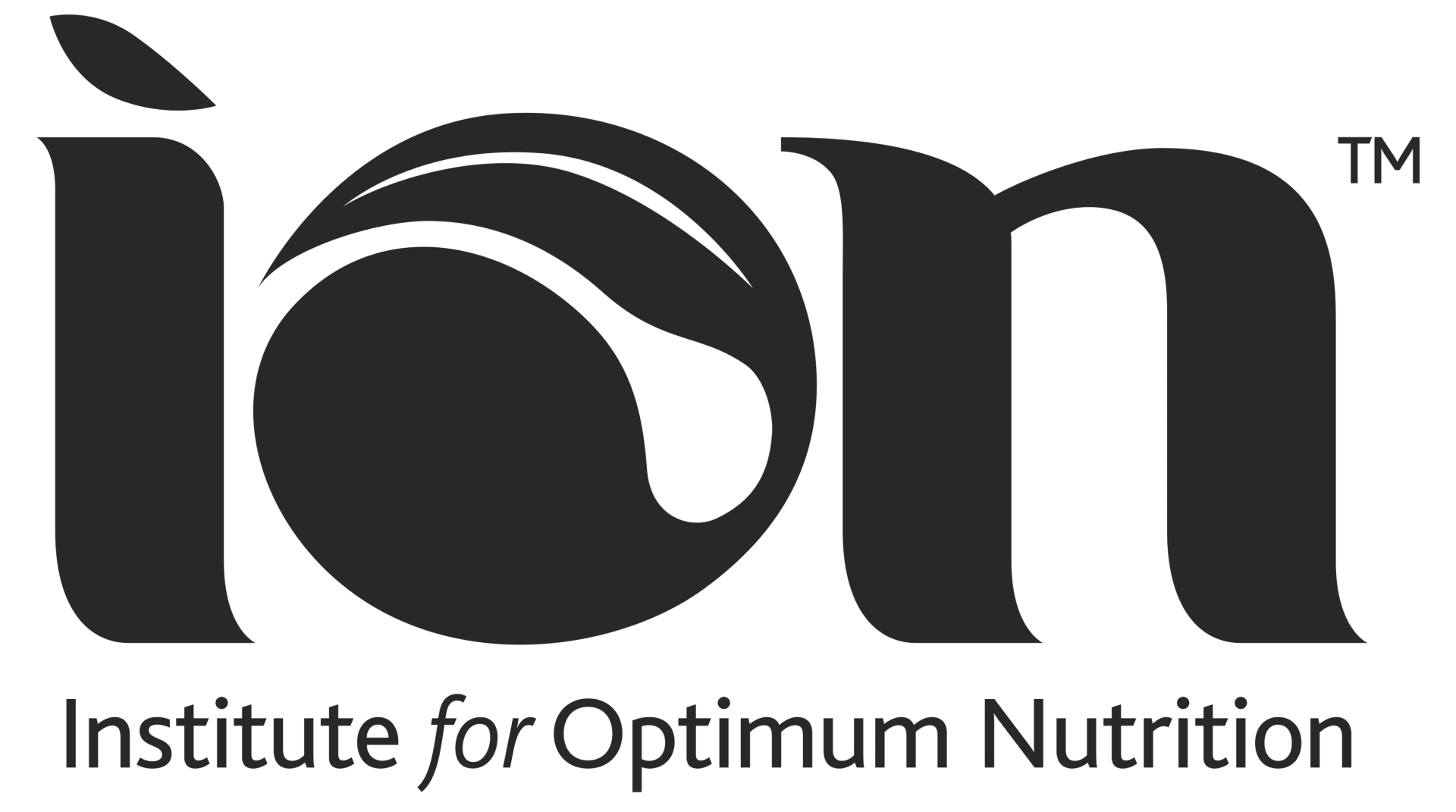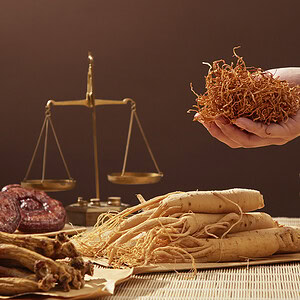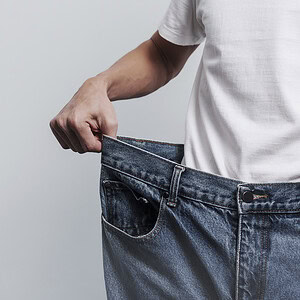Adapted from Optimum Nutrition Winter 2017/18
Nutrition
Unless we make everything from scratch it is very hard to know how much sugar we are consuming. Food labelling can be confusing, too — so here are some things you may want to consider.
What counts as sugar?
Sugar is found in different guises and under different names; sucrose, cane sugar, jaggery, agave syrup, honey…to name a few, all of which contain types of sugar molecules that will break down to become glucose, a source of energy.
How quickly or slowly any sugar breaks down depends upon its chemical construction; whether it is made up of mono- (one), di- (two), or poly- (many) saccharides — which translates as single, two, or many sugars. Polysaccharides (such as starchy carbohydrates) will break down more slowly than a monosaccharide because the different molecules need to be broken apart first, which is why current government dietary guidelines recommend we eat plenty of starchy carbohydrates.
How much sugar should you eat?
When it comes to how much we ‘should’ eat, current public health policy focuses on added/free sugars; i.e. the sugar that we add to our food, such as sugar in coffee, or the sugar that manufacturers add to products that we buy. But rather than thinking that we must eat a daily amount of sugar, the guideline should be viewed as a maximum rather than a target to be met. A healthy individual does not need sugar — and the less we eat the better.
Top tip
Try thinking about sugar in terms of a teaspoon (4.2 g). Current advice is that four-to six-year-olds should consume no more than 19 g (4.5 tsp) a day; seven to 10-year-olds should consume no more than 24 g (5.7 tsp) a day, and anyone aged over 11 years old should consume no more than 30 g (7 tsp) a day.1
What is added sugar?
Health guidelines differentiate between ‘naturally-occurring’ and ‘added’ or ‘free’ sugars. Naturally-occurring sugars are those that are present in the whole food; i.e. the sugars that make fruits, vegetables and milk taste sweet. But in labelling terms, these are only considered naturally-occurring when they are part of the whole food. Once extracted, they are ‘free’ sugars — think of them as being released! So fruit juice, for example, is a free sugar and counts as an added sugar if used as an ingredient in another product.
What does ‘carbohydrate’ and ‘of which sugars’ mean?
Carbohydrates exist in various forms. On food labels, the ‘carbohydrate’ figure includes all types present in the food. This will include starchy carbohydrates, which break down slowly into glucose, and any simple sugars that break down quickly.
The ‘of which sugars’ figure refers to all simple sugars. These can include any naturally-occurring simple sugars and any added/free sugars. But to know if there are any added/free sugars in a product, you have to check the list of ingredients. So, for example, 100 ml of full fat milk contains 4.7 g of carbohydrate, but all of this will be listed as ‘of which sugars’. This is because lactose, the sugar found naturally within milk, is a simple sugar that breaks down quickly. However, because it is part of the whole food, according to current guidelines, we would not include it in our daily seven teaspoons of added/free sugar, just as we would not include the sugar from a piece of fruit or a vegetable.
The exception
There is a confusing flaw in this. If you buy a milkshake, for example, the lactose and any added/free sugar will be lumped together in one ‘of which sugars’ figure — and without a portable chemistry lab, it is impossible to separate the two. So in the case of our imaginary milkshake, we will not know how much of its ‘of which sugars’ number that we need to treat as part of our daily seven teaspoons.
There is the same problem with foods that are naturally high in sugar, such as dates and raisins. If they are eaten as a whole food, we do not have to include them as part of our daily seven teaspoons. Yet a 14 g mini snack box of raisins contains 10.7 g of total carbohydrate, 9.9 g ‘of which sugars’ — the equivalent of just over two teaspoons of sugar. This is still sugar, but under the current guidelines is not considered to be part of the daily allowance because it is part of the whole food.
Did you know?
A mini (14.4 g) bag of chocolate buttons contains nearly 2 tsp of sugar (8.1 g); a can of regular cola contains more than 8 tsp of sugar (35 g); a single chocolate Hobnob about 1.5 tsp of sugar (6.1 g).
Low sugar
According to EU regulations, a ‘low sugar’ product should contain no more than 5 g of sugar per 100 g/2.5 g per 100 ml — just over one teaspoon of sugar.2 It may contain artificial sweeteners.
Sugar free
EU regulations state that a sugar-free food must not contain more than 0.5 g of sugar per 100 g or 100 ml.2 However, it can contain artificial sweeteners.
With no added sugar
According to EU regulations, these products should not contain any added mono- or disaccharides or any other food used for its sweetening properties. If sugars are naturally present in the food, the label should say the product contains naturally occurring sugars.2
No refined/processed sugar
Although it may be legal to say that a product contains no refined or processed sugar (as long as any added sugar is included in the ingredients), some consumers may assume that it means the product is sugar-free. Whether refined or unrefined, sugar is sugar — so always check the label.
Are sweeteners healthy?
Current government advice remains that sweeteners are safe for consumption and calorie restriction. Some small studies have indicated that artificial sweeteners may increase the risk of obesity or diabetes. But until all sweeteners are tested and compared, and as most studies have been conducted on mice, it cannot be said that sweeteners are made equal, or are harmful.
Some sweeteners may also have a laxative effect, but in such cases a warning should be on the label. There is also concern that some artificial sweeteners may have a negative impact on the microbiome (gut bacteria). Researchers from the Weizmann Institute of Science in Israel found in mice that artificial sweetener consumption induces glucose intolerance by functionally altering the microbiome.4 However, further research is needed.
One argument for avoiding sweeteners is that they help to perpetuate a sweet tooth; and if you are trying to cut down sugar in your diet overall, it is helpful to get unused to sweet tastes.
Expert opinion
Kawther Hashem, a nutritionist at the campaign group Action on Sugar, said: “Sugars are often disguised with names like ‘evaporated cane juice’ or ‘organic raw sugar’, however, they are still classified as added sugars which have no nutritional value whatsoever.
“Some tips about eating less sugar can be found on the Action on Sugar website… cutting down on white and brown sugar, honey, syrups and molasses from the breakfast table and trying to add natural sugars to food such as fresh fruit or dried fruit. Also instead of adding sugar to some recipes you can use extracts such as lemon, orange, vanilla and almond.
“At the end of the day, sugar is sugar no matter what form it comes in. So it is better to cut down all sugar including the use of sweeteners if possible and experiment with a variety of nutrient-dense alternatives.”
A nutritional therapy approach, however, would advise moderation with dried fruit. Whilst it may be healthier than a sugar cube, it is still a source of sugar and can be easier to eat in large quantities than fresh fruit.
Nutritional therapist Virginia Blake, said that if something tastes sweet, then — unless it is sweetened with an artificial sweetener — it is sugar. “Sweeteners,” she said, “including honey, syrups and dried fruit, should not be treated as a get out of jail free card.
“In clinic, if someone is craving sweet foods, I will look at balance of meals, particularly protein and fat. Also think about sources of magnesium — leafy greens, nuts and seeds. This is a long-term approach; it’s not going to work if you are in the middle of a 4pm sugar crash, but by putting in these foods, you may find sugar cravings recede over time.”
If you want to know how much sugar you are eating, always look at the nutritional information and don’t take ‘no added sugar’ claims for granted. And, if need be, have your reading glasses on standby!






